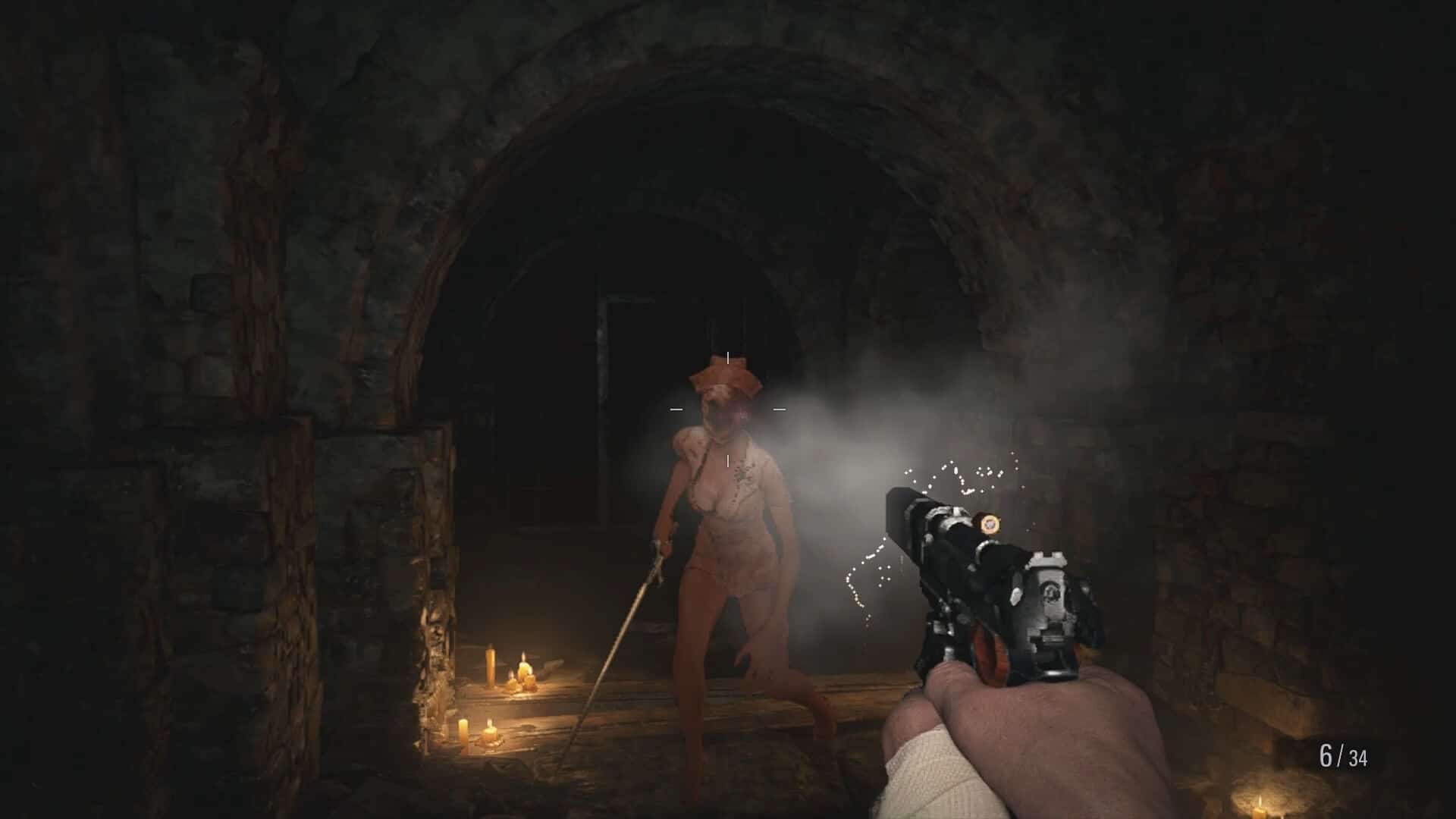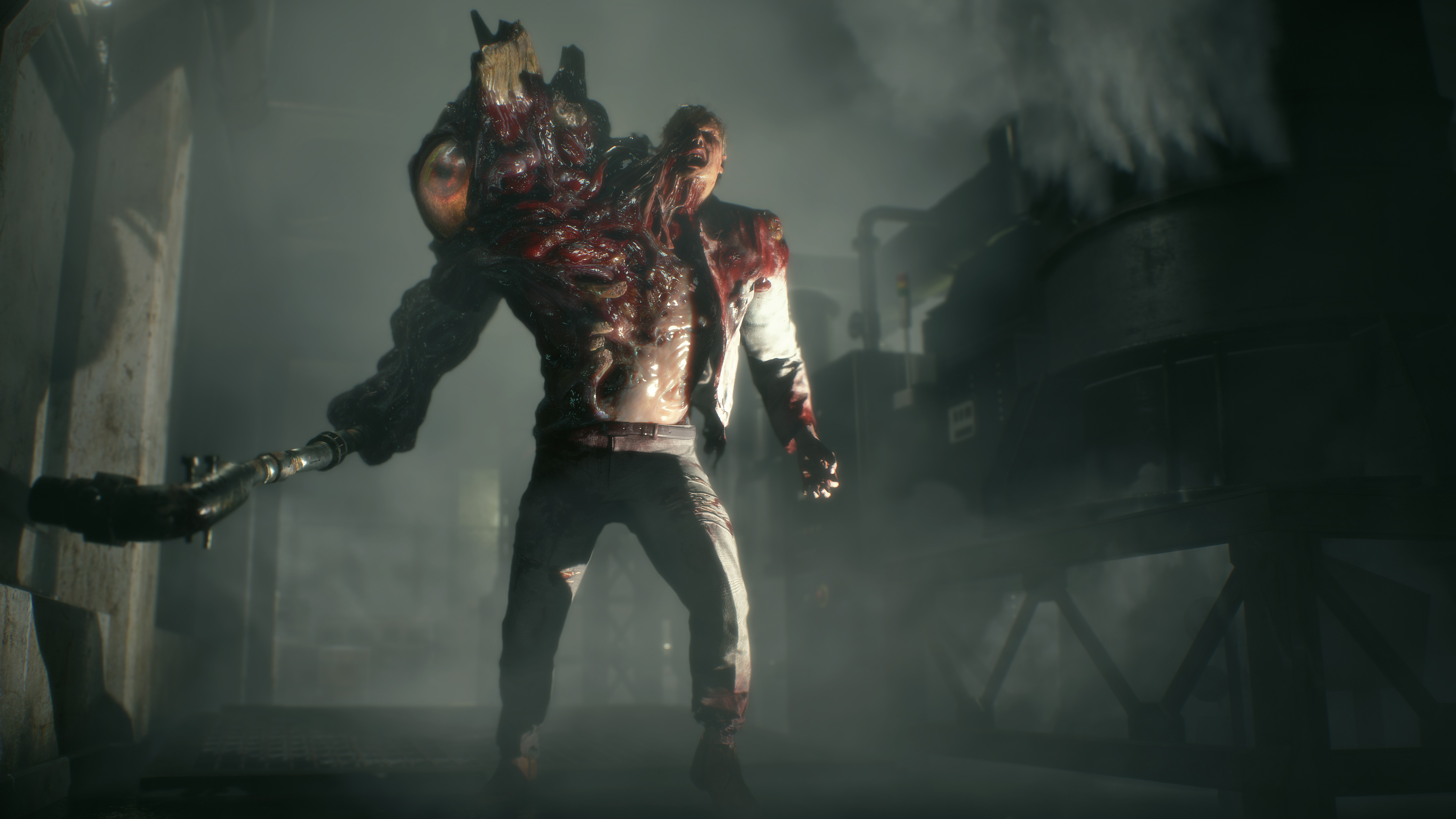

And while it’s no masterpiece, Operation Raccoon City should certainly be applauded for its boldness with the timeline.
#Resident evil timelime free
The game becomes something like a Resident Evil sandbox, free from continuity and able to tell a story that doesn’t care whether it stays loyal to pre-existing timelines. While it doesn’t technically sit within the canon timeline, it’s proof that developers can play with time to introduce new perspectives, new gameplay opportunities, and even new shock deaths for main characters. While you can blitz through the mainline Resident Evil games from one to Village and pretty much grasp the overarching narrative, games like Operation Raccoon City add a really important layer of nuance to these experiences. It’s also proof of the series’ endearing timelessness-there aren’t many other gaming franchises out there who could make a pseudo-sequel to a fourteen-year-old entry and toy with the timeline with such boldness. It introduces the sort of alternate timeline, fan-fiction type scenarios that are only now breaking into mainstream entertainment though shows like Marvel’s What If? While this is the only game to do it, it was a bold proclamation that time was something developers could use to carve out fresh experiences within beloved narratives, and it’s a shame that the Resident Evil franchise hasn’t continued to do this. What we do know is that Operation Raccoon City, by accident or otherwise, completely changes the franchise’s relationship with time. Sadly, we don’t know whether developers Slant Six Games did this as a purposeful move to play with Resident Evil continuity, or whether it’s just a fun out-of-canon adventure for Resident Evil diehards. If you opt to kill Leon, he’ll fight to the bitter end before collapsing, affirming a new continuity where the franchise’s most recognisable hero is gone. It’s here the player is given a choice: spare Kennedy and let him escape Raccoon City, or kill him in his tracks.

Yet the creative boldness behind this timeline-melding decision is best demonstrated in the very last level, as the group of Umbrella mercenaries close down on everyone’s favourite floppy-haired rookie cop, Leon S. Using him as a boss battle in Operation Raccoon City is the first glimpse at how this game is willing to shun established continuity, to play with time in service of the story. This is an event that simply doesn’t happen in the original game instead, he first appears in a jumpscare at the Raccoon City Police Department and stalks Leon and Claire thereafter. X, the fedora-wearing villain of Resident Evil 2. It’s first witnessed at the very start of the game, as the player’s Umbrella Security Service encounters Mr. As a pseudo-sequel taking place during Resident Evil 2, there’s some inevitable overlap with that game’s events-but it’s in these moments where the concept of time becomes putty in the game’s hands. Yet despite being a generic run-of-the-mill shooter, Operation Raccoon City invertedly managed to do something incredible with Resident Evil’s timeline. Operation Raccoon City, in this sense, stuck to the new formula closely: you were never short of ammo, zombies went down without a hitch, and the power balance was always in your favour.

Resident Evil 5 was a further step in this direction, with Matrix-inspired cutscenes and boulder-punching quick-time events. Despite being the game that revolutionised third-person shooters, Resident Evil 4 was a bold move towards action-based gameplay, abandoning the tight corners and suffocating atmosphere of the first three games. Of course, though, this game was released at a time where the Resident Evil franchise’s identity was in crisis. Plot isn’t at a premium here, held together loosely by slipshod cutscenes and choppy voice acting, but the thrill of moving down hordes of T-virus victims is as fun as it ever was. The game takes place during the events of Resident Evil 2, as you control an elite group of Umbrella Corps mercenaries with one mission: cover the shady company’s tracks and wipe out any humans still alive in the virus-plagued city.
#Resident evil timelime series
The game was produced between Resident Evils 5 and 6 as a Gears-esque cover-based co-op shooter-an easy cash-in on a bankable series with a familiar style of gameplay.

However, there is one game that proudly stands outside of this trend, positioning itself as the main outlier within the Resident Evil franchise: 2012’s Operation Raccoon City.įunnily enough, it’s one of the games in the series that you’d least expect to play with the timeline like putty in its hands. With eight numbered entries and a plethora of spin-offs and sequels, the continuity is broadly linear, from one bioweapon-based adventure to the next. When you think of time-hopping, continuity-shattering franchises, the legendary Resident Evil series probably doesn’t spring to mind.


 0 kommentar(er)
0 kommentar(er)
